Bain & Co., the Boston-based consultancy, has put out its annual report on the global private equity industry.
This report begins with the observation that over the last five years PE returns “have slowly declined toward public market averages.” It attributes this to a convergence of factors, including high asset prices, US-China trade tensions, the uncertainties generated by Brexit, etc.
General partners must step up their game in this environment, identifying targets, sharpening their due diligence, and “simultaneously planning for the worst.” Fortunately, the very facts that made 2018 challenging for deal makers, the year’s stiff competition and high multiples, also made the year a good time to exit from positions. “With 1,146 transactions valued at $378 billion, exit activity came in a smidgen lower than in 2017,” Bain tells us, “but the total was still a strong contributor to a historic five-year stretch that has produced unprecedented distributions for investors.”
Well beyond such introductory sentiments, the most fascinating portion of this year’s report is its survey of “the strategies shaping public equity in 2019 and beyond.” One of these strategies is “buy-and-build,” wherein a PE company buys an underlying portfolio enterprise, builds up its value through add-on acquisitions over a period of years, then sells. As a paradigm of this strategy, Bain offers Investcorp’s acquisition of Berlin Packaging in 2007. It took seven years for Investcorp to build up that container company to the point where it could sell the operation, in 2014, for $1.3 billion.
A Platform and Its Add-ons
This strategy is powerful, though doing it well can be difficult. The strategy as Bain understands it involves the acquisition and use of a “well-positioned platform company to make at least four sequential add-on acquisitions of smaller companies” that complement that first one. It isn’t the PE firm itself that makes the add-on acquisitions involved in this strategy. The PE firm buys the platform company, and it then buys the add-ons, using its cash flow. Consequently, choosing a platform with consistent cash flow is critical at the start.
The repetitive use of acquisitions—the “build” in the phrase “buy-and-build”—gives the PE firm a way to take advantage of the market’s “tendency to assign big companies higher valuations than smaller ones,” an inefficiency that allows for “multiple arbitrage.”
PE firms are well advised if they use buy-and-build only when the platform acquisition occurs in an appropriate sector. One ought to be wary of making a platform acquisition in the oil & gas sector, for instance, because the ping-ponging of demand for oil and gas, and thus of the demand for related assets, “can wreak havoc on free cash flow.” Theoretically, the PE firm itself is available to fund add-ons if the cash-flow of the platform company falters, but that will often look and smell a lot like throwing good money after bad.
More generally, the sector must be one with “room to run.” It must be predictable that there will be opportunities for good add-ons, and that the PE firm executing this plan can get ahead of the platform firm’s suppliers and customers. After all, the add-ons may well help the platform firm to gain leverage vis-a-vis suppliers or customers or both, and that may be precisely how they add value. If that is the case, then the plan could be foiled by a trend in consolidation either above or below it on the supply chain, where everyone is simply “combining in parallel” and no one is gaining leverage.
The Bottom Line
For a specific example of how buy-and-build can go wrong, the report refers us to Aurora Foods. In the 1990s, with the prompting of PE investors such as Dartford Partnership, Aurora started buying up premium food brands such as Mrs Butterworth’s. In 1998 it bought Duncan Hines and it merged with Van de Kamp’s, a frozen food giant. But Aurora never paid off for Dartford and the other PE owners. Bain describes the problem—or one big problem—thus: although budget frozen foods and premium shelf-space foods are both “foods,” they have no synergy. They have “very little overlap in terms of costs and capabilities.”
The bottom line is that buy-and-build can work, but there are three conditions: deep due diligence, operating at the level of the whole opportunity, not merely its component parts; effective execution by a suitable leadership team; and pattern recognition, so that the team learns, from its successes and from its setbacks, as its work proceeds.




